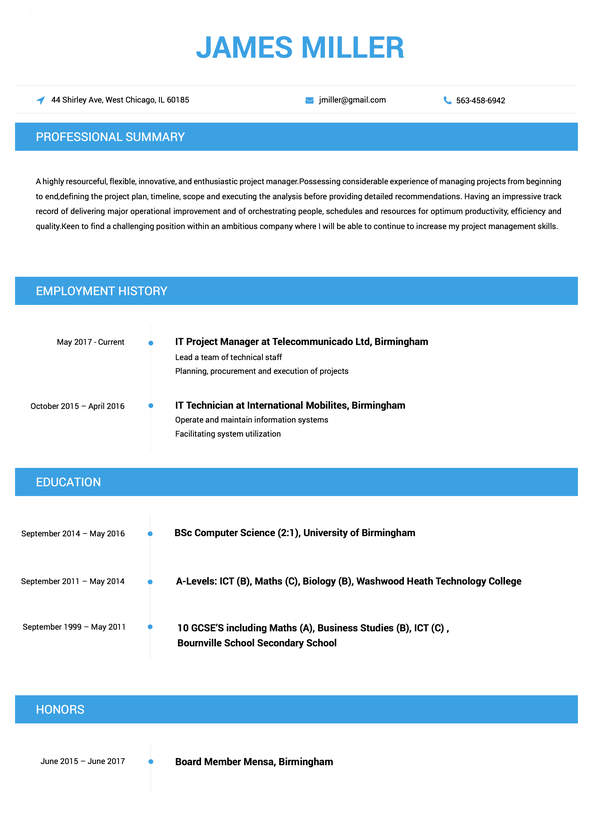Being an Applied Behavior Analysis (ABA) therapist, your resume plays a critical role in showcasing your qualifications, skills, and experience to potential employers. Whether you're just starting your career in ABA therapy or seeking to advance to a fresh position, a well-crafted resume could make most of the difference. In this information, we'll discuss the primary components and provide valuable techniques for building a strong aba therapy resume that stands out to hiring managers.
1. Clear Header with Contact Information:
Begin your ABA therapist resume with an obvious header containing your full name and contact information, including your telephone number and professional email address. Ensure these details is simple to find at the the top of page.

2. Professional Summary/Objective Statement:
Write a quick professional summary or objective statement that highlights your expertise, experience, and career goals in ABA therapy. Tailor this section to the precise job you're applying for, emphasizing your strengths and ways to donate to the organization.
3. Relevant Work Experience:
List your work experience in the field of ABA therapy, starting with your latest position. Include the name of the corporation, your job title, location, and dates of employment. Describe your responsibilities, interventions used, and outcomes achieved in each role.
4. Education and Certification:
Include your educational qualifications, such as your bachelor's or master's degree in psychology, education, or even a related field. If applicable, mention any certifications or licenses you hold, such as for example Board Certified Behavior Analyst (BCBA) or Registered Behavior Technician (RBT).
5. Skills and Expertise:
Produce a dedicated section to highlight your skills and expertise strongly related ABA therapy. Include skills such as for example behavior management, data collection and analysis, functional behavior assessments, discrete trial training, and social skills instruction.
6. Clinical Experience and Case Studies:
When you yourself have specific clinical experience or have labored on notable case studies, consider including this information in your resume. Describe the population you worked with, the interventions implemented, and the outcomes achieved.
7. Training and Professional Development:
Highlight any additional training, workshops, or professional development activities you've completed linked to ABA therapy. This demonstrates your commitment to staying current with best practices and advancements in the field.
8. Volunteer Work and Community Involvement:
If you've volunteered with organizations related to autism spectrum disorder (ASD) or developmental disabilities, include these details in your resume. Volunteer work demonstrates your desire for helping individuals with special needs.
9. Keywords and ATS Optimization:
Incorporate relevant keywords and phrases from the job description into your resume to make sure it gets past applicant tracking systems (ATS) utilized by many employers. Use terms such as for example "ABA therapy," "behavior analysis," "behavior intervention," and "autism spectrum disorder."
10. Professional Formatting and Proofreading:
Ensure your resume is well-formatted, easy to see, and error-free. Make use of a clean, professional font, and maintain consistency in formatting throughout the document. Proofread your resume carefully to catch any typos or grammatical errors.

Conclusion:
Building a strong ABA therapist resume requires careful attention to detail and an emphasis on highlighting your qualifications, skills, and experience in the field. By including essential components like a clear header, professional summary, relevant work experience, education, skills, and certifications, you can make a compelling resume that impresses hiring managers and increases your likelihood of landing interviews in the competitive field of ABA therapy. Utilize the tips provided in this informative article to craft a resume that showcases your expertise and desire for creating a difference in the lives of individuals with special needs.
